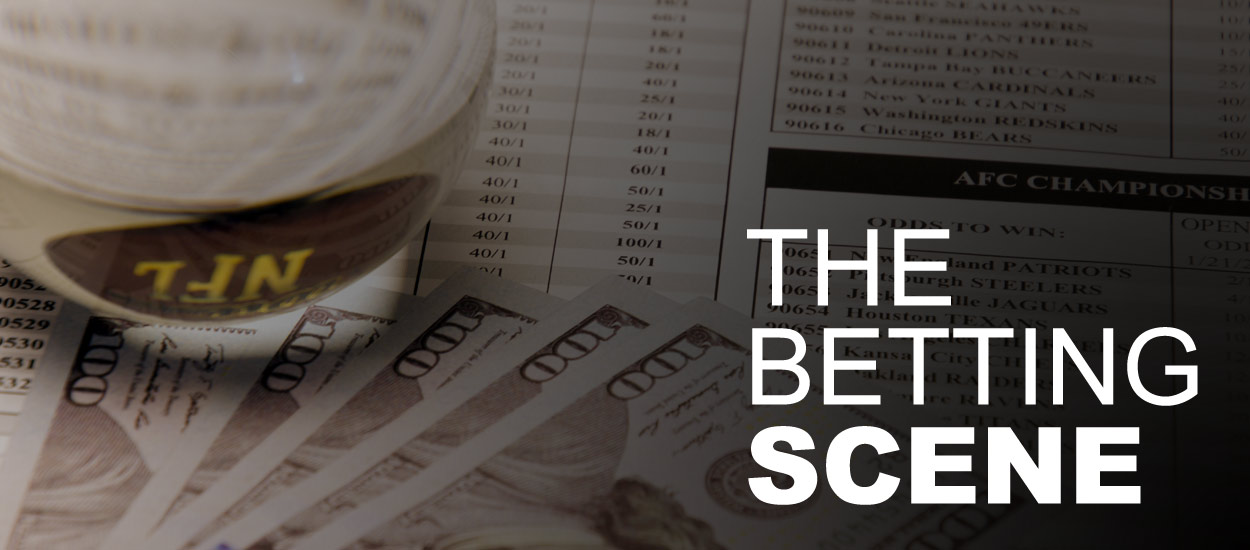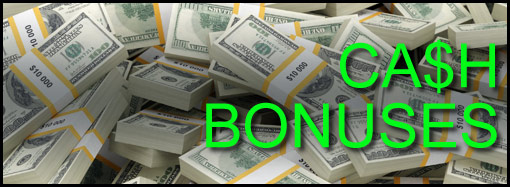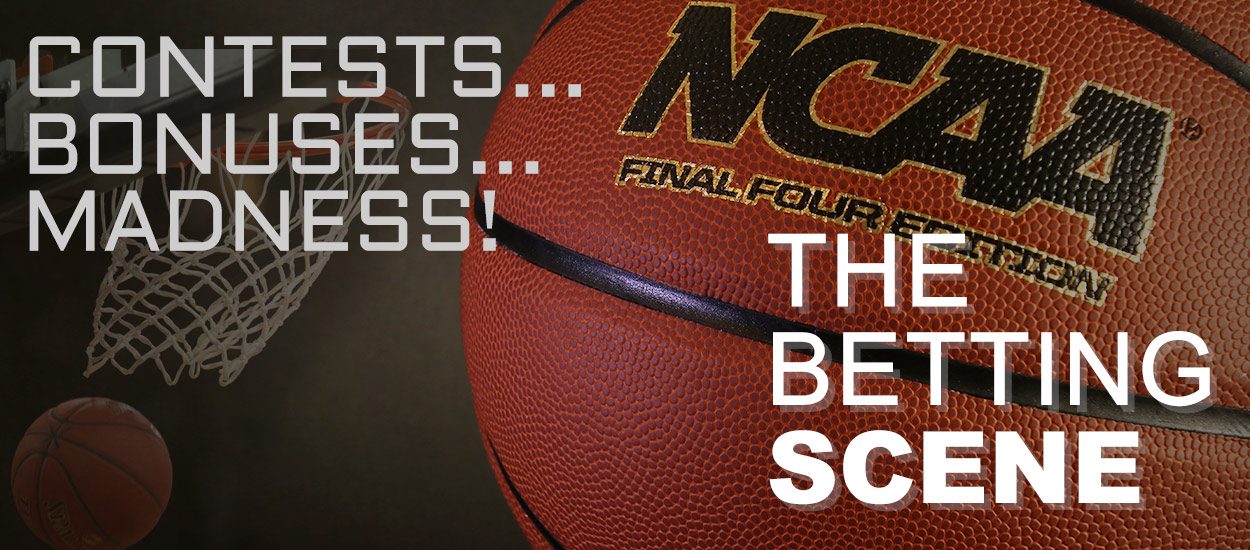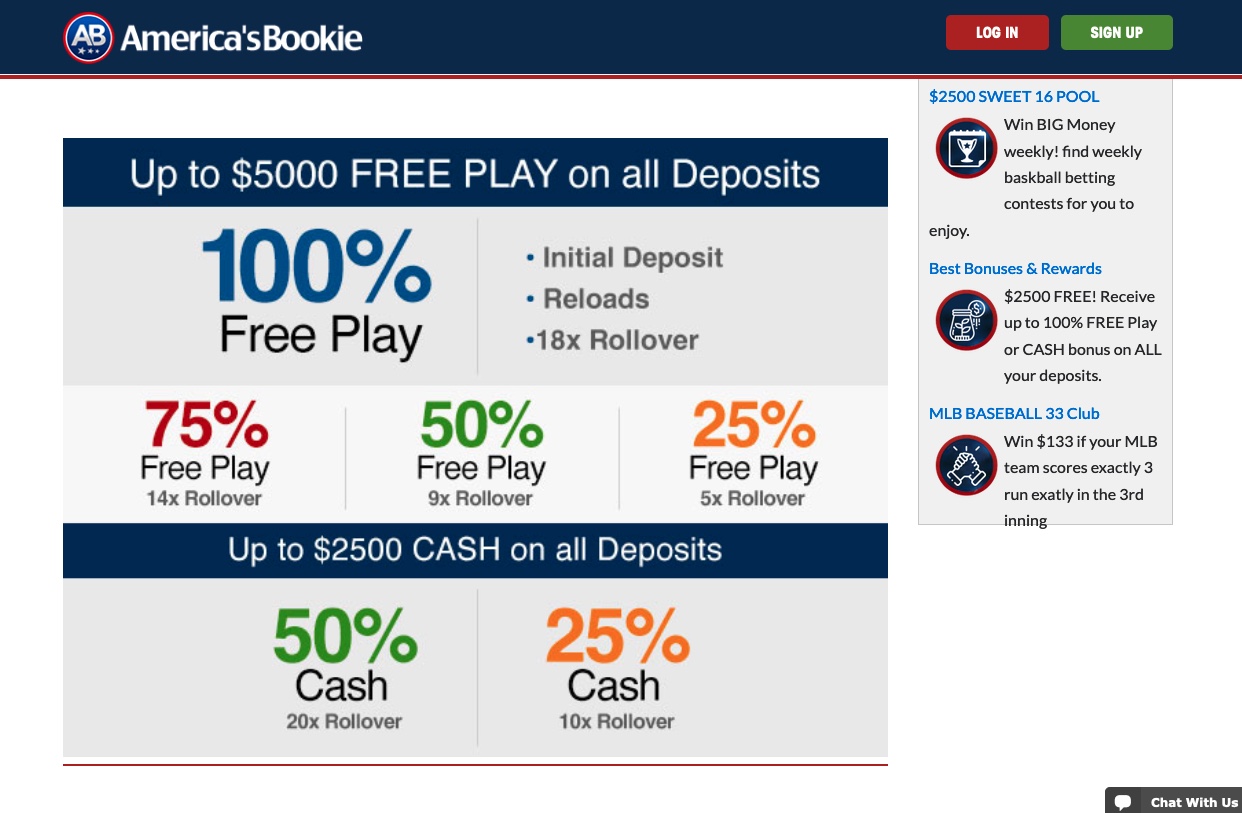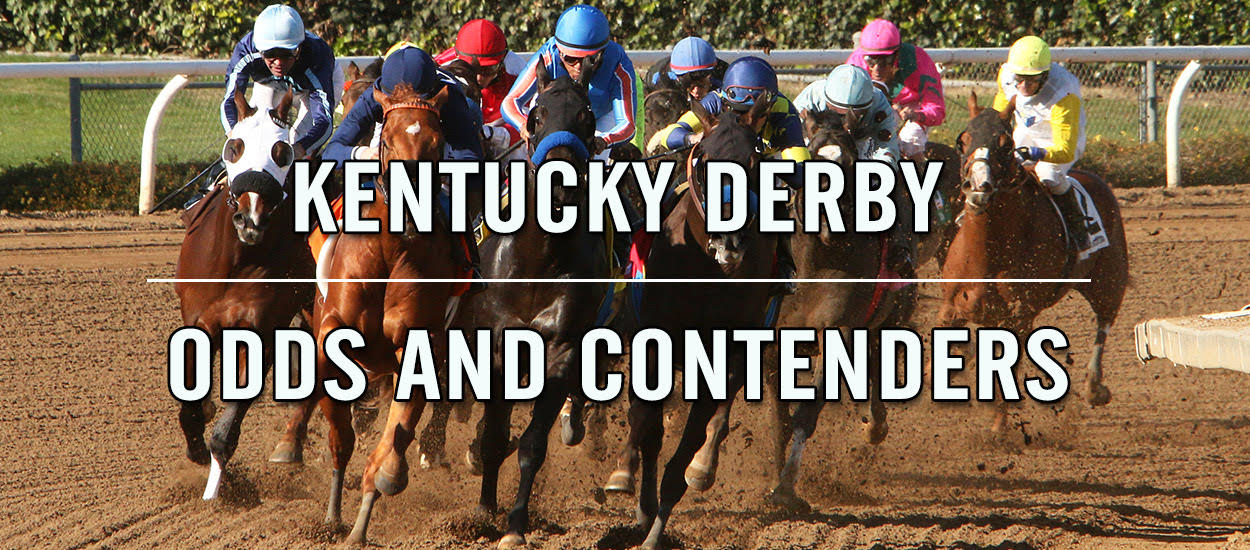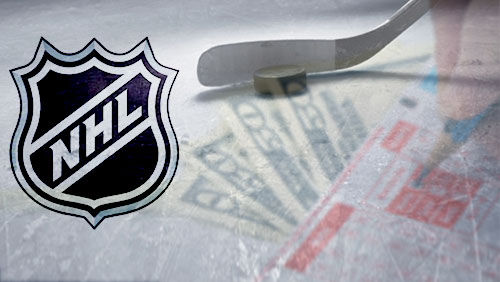There is a certainty to poker bluffing that carries a universal truth.
You must get your opponents to fold, because there is no other way to get that money in the middle. They call, you lose.
Bluffs usually have to be big to pull off, and they have to make sense.
The exact opposite approach to bluffing is the use of the value bet.
Value betting is a great spot to be in. It's when you are confident that you have the best hand, and the key decisions that need to be made during the hand center around getting paid maximum value for it. Let's oversimplify the process:
In an ideal world, your hand is made on the flop. It's an unlikely scenario with the odds of flopping a flush set at less than 1 percent and odds for a straight hovering around 75-1 when you have the types of starting hands (suited or connecting cards) that can allow it. Usually, the flop is hitting top pair to get the confidence engine burning.
Position always is trumpeted as the most important aspect of a good poker game, and this is yet another spot where it will help you immensely. By holding the option of being the last to act in the betting rounds, it primes advantageous value betting.
There are risks involved with keeping opponents around in the action. Because it's rare to have an opponent drawing dead on the flop, certain elements must be in place to maximize the payoff — opponents either have to think they have the best of it or a draw to something better.
Value betting can take different forms, depending on the type of opponent you are up against. Aggressive players will call larger bets with a slimmer range, while conservative players are more difficult to keep on the line.
A perfect storm hand would be if you held A-K on a board of Kh-9h-8c against a pair of opponents with $30 in the pot. Chances are your hand is the best, but obvious danger lurks. An opponent could be holding two hearts and will be chasing the flush draw (which has a 35 percent chance of getting there with two cards to come) and a J-10 or 7-6 combination has an open-ended straight draw (32 percent odds).
It would be difficult to pick up a read on any of these draws after the flop. After all, somebody holding K-Q or K-J is a big possibility here, too, but if you do hold position, you can get a better idea of where it all stands.
If Player A checks and Player B checks, I'm likely to believe that both missed their hands entirely. It would be unwise to follow with a check and provide a free card, but you don't want to push them away either. A $15 bet would be practical.
If Player A bets out $15 and Player B calls, I'm likely to put Player B on one of those draws. A re-raise would be appropriate.
The turn has a way of producing similar action, but the value bet really shines on the river. You have all the information in front of you, and your read takes center stage.
If you still think you have the best of it, and none of those draws get there, make a bet that's so juicy, your opponent will want to call you just to "see what you have." It can be as meager as $25 into a $100 pot, but profit is profit.
This is a reprint from mysanantonio.com to view the original, click here.







